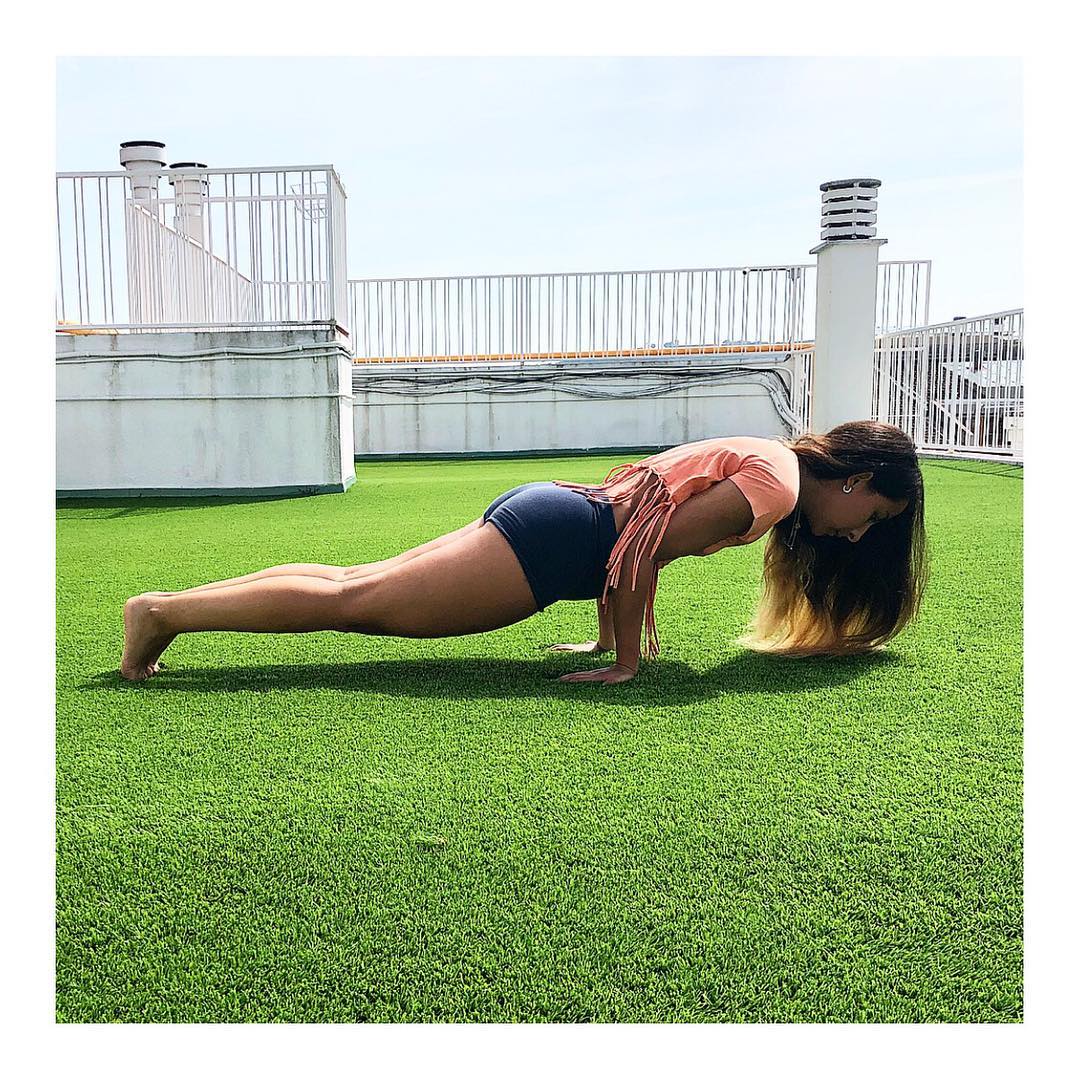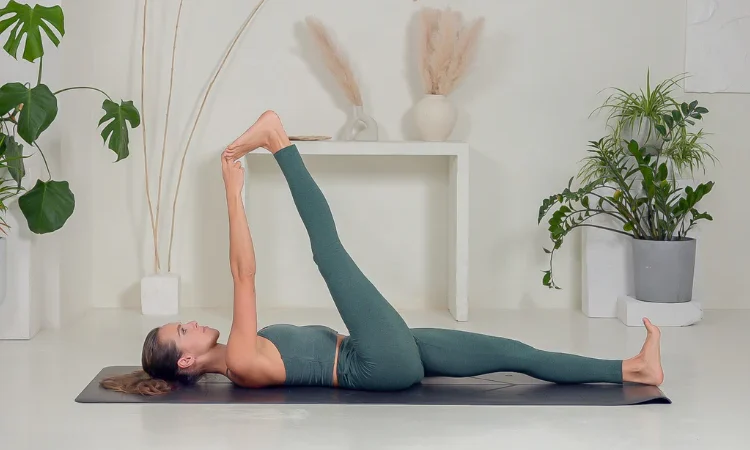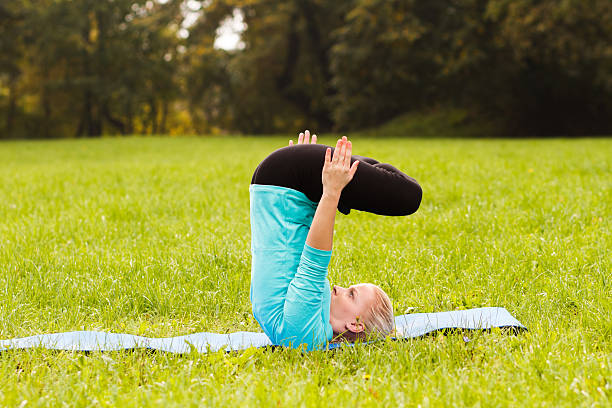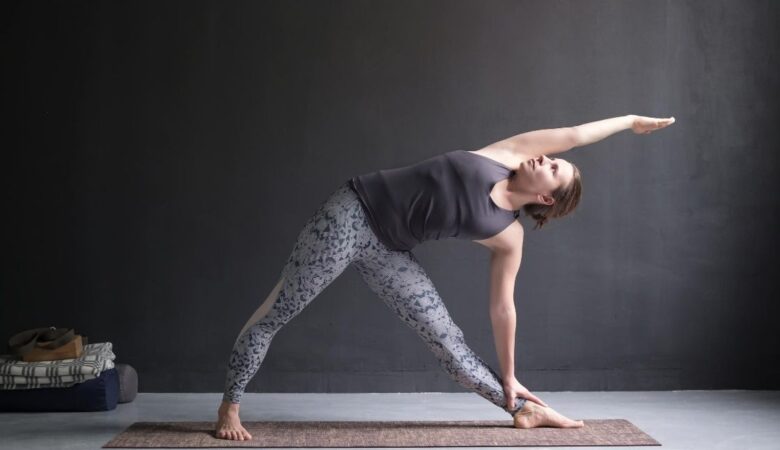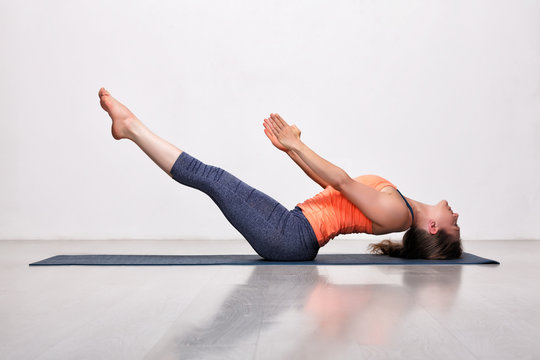Sanskrit Name: Hamsasana/Hansasana (हंसासन)
English Name: Swan Pose
Type of Yoga: Ashtanga Yoga
Level of Yoga: Advanced / Intermediate
Duration: As per your capability or 30 to 60 seconds
Target Area: Shoulders, Thorax, Neck
Strengthens: Arms, Back, Shoulders
Problems like waist and back pain have become quite common nowadays. In such a way, today we are going to tell you about an asana that can help you to get rid of daily problems of back pain and back pain.
This is Hamsasana (Swan Pose), it helps to get rid of our backbones as well as physical pain. Let’s tell you how you should do this yoga and what benefits it brings to your body.
Table of Contents
What Does It Mean By Hamsasana (Swan Pose)?
The word Hamsasana came from the Sanskrit Language. Hamsasana is composed of two Sanskrit words.
The first word is “Hamsa/Hansa (हंस)”, which means “Swan”
And The Second word is “Asana (आसन)”, which means “Yoga poses”.
Altogether Hamsasana or Hansasana means “Swan Pose”. While practicing Hamsasana (Swan Pose), the shape of the body becomes like a swan, hence this seat is called Hamsasana.
By doing this asana regularly you can get rid of many minor diseases. Hamsasana also increases the beauty of the face and skin.
Due to the lifestyle of today, the problem of back pain and abdominal pain has become common. In such a situation, the practice of Hansasana is very beneficial for your body and gives you immediate relief from pain.
By incorporating daily practice, you’ll discover this asana becomes increasingly manageable. However, it’s advisable to seek guidance from a yoga instructor when initially embarking on this journey.
Consistent practice of Hansasana yoga can alleviate issues related to spinal health, effectively reducing physical discomfort and pain.
Preparatory Pose:
- Downward Facing Dog Pose (Adho Mukha Svanasana)
- Four-limbed pose (Chaturanga Dandasana)
- Thunderbolt Pose (Vajrasana )
- Plank Pose (Phalakasana)
Step By Step Instructions:
We are giving a detailed explanation of how to practice Hamsasana, take a look at the step-by-step instructions below:
- First, sit down on the floor on your knees on a yoga mat
- Keep your feet together and keep your knees separate, meaning keep the legs slightly apart
- Place the palms on the ground before your knees (place your fingers towards your feet and wrist outward)
- Keep a distance of at least 10 inches between the two hands
- Take the knees backward fold the elbows and turn them backward
- Now bow at your front so that your abdominal muscles will remain above your elbows and your chest remain on your upper arms
- Keep balance and straighten the right and left leg slowly. Keep your body straight.
- Put the feet together and put the toes resting on the floor
- Lift the head up and keep looking in front of you
- In the end, the body weight of your body should be on the fingers of your hands and feet. Your upper body rests in this position for a few seconds.
- Keep this condition according to your ability. Keep in mind; do not put too much emphasis on the fingers of hands or feet.
- Then bring the knees to the ground
- Repeat this posture for at least ten minutes
Follow-up Poses:
- Corpse Pose (Shavasana)
- Peacock Pose (Mayurasana)
Precautions:
Here are the precautions to practice Hamsasana/Hansasana (Swan Pose)
- Pregnant women should never do this posture
- Peptic ulcer, excess acidity, hernia, or high blood pressure patients should not do this posture
- If you feel pain or pain in your hands while doing this posture, then only stop this posture.
- Sit down comfortably for a while and try to do this posture again
- If this problem is felt then please tell your yoga trainer.
- Try to do it on an empty stomach
Benefits Of Swan Pose:
- Hamsasana strengthens the muscles of the hands and feet and decreases neck obesity with regular practice
- By doing this strenuous nature yoga, there is a lot of shine on the face and skin
- Hamsasana always helps to keep energy and freshness in the body and strengthen your hands as the entire weight rests on the hands
- With the practice of Hamsasana yoga, arms, shoulders, etc. become strong
- Hamsasana starts functioning nervous system (neurotransmitters) properly, thereby accelerating the circulation of blood
- This seat reduces the fat in the stomach, which helps in reducing obesity
- Hamsasana (Swan Pose) keeps the lungs clean and more active
- The swan pose strengthens the core muscles
- It removes the stool-urinary obstruction and eliminates the pain of stomachache, back pain, back pain, ribs
- Hamsasana Yoga helps in keeping the pancreas active
- With this the body becomes strong; the chest becomes strong and wide
- By doing this yoga pose, blood circulation (blood flow) becomes faster
- The practice of Hamsasana Yoga strengthens the digestive system and it is also beneficial for constipation
- Those who do this yoga pose along with a kneeling position, have brightness, sharpness, and freshness in the body
- it is great for abdominal organs and internal organs
- Hamsasana is helpful in eliminating back pain, abdominal pain (as the abdomen rests during the practice), back pain, rib pain, etc.
- By doing this asana, a lot of energy is produced in the body, consequently, you feel active all day.
SUMMARY:
Hamsasana is among the strenuous asanas that enhance the average muscular structure by simply adding strength to the muscles. It’s even beneficial for calming our minds by simply increasing our blood circulation rate while we practice this asana.
Practitioners can practice this asana to get a balance in the mental and physical aspects of one’s body and thus, improve both physical and mental health. In the case of a normal type of body, you can go through different variations and modifications to get the most out of it.
FAQ:
Q. What is Hamsasana?
A. Hamsasana or Hansasana means “Swan Pose”. While practicing Hamsasana (Swan Pose), the shape of the body becomes like a swan, hence this seat is called Hamsasana.
Q. Why is it called Swan Pose?
A. While practicing Hamsasana (Swan Pose), the shape of the body becomes like a swan, hence this seat is called Hamsasana.
Q. What Are the benefits of Hamsasana?
A. Due to the lifestyle of today, the problem of back pain and abdominal pain has become common. In such a situation, the practice of Hansasana is very beneficial for your body and gives you immediate relief from pain.
Q. Can I Get Rid of Back Pain by practicing Hansasana?
A. If you regularly do Hansasana yoga, then the problems associated with your spine bones go away from you.
Q. How to do Hansasana?
A. We are giving a detailed explanation of how to practice Hamsasana, take a look at the step-by-step instructions here
Q. Can pregnant ladies practice Hansasana?
A. Pregnant women should never do Hansasana
Q. Who Should not do Hansasana?
A. Peptic ulcer, excess acidity, hernia, or high blood pressure patients should not do this posture

